Thor and the Fear of Fantasy
 As a good Shakespearean, Kenneth Branagh understands fantasy. I think the movie Thor succeeds mostly because of what he as a director brings to the film, and what he’s able to get out of his cast. What’s missing seems to be what the script doesn’t give him — a larger world, memorable supporting characters, and a willingness to engage with the matter of fantasy.
As a good Shakespearean, Kenneth Branagh understands fantasy. I think the movie Thor succeeds mostly because of what he as a director brings to the film, and what he’s able to get out of his cast. What’s missing seems to be what the script doesn’t give him — a larger world, memorable supporting characters, and a willingness to engage with the matter of fantasy.
The tale’s simple enough. Following an incursion of evil frost giants into the realm of Asgard, Thor, son of Asgard’s ruler Odin, leads a retaliatory raid against the giants; because this endangers a fragile peace between the realms, Odin exiles Thor to earth, stripping him of his power. Thor and his magic warhammer Mjolnir materialise in New Mexico, where he’s befriended by rogue cosmologists, deals with agents of the superspy organisation S.H.I.E.L.D., and struggles against the plots of his brother Loki. Thor ultimately has to regain his power to return to Asgard to save all the worlds from Loki’s schemes.
It’s an enjoyable adventure movie. The set-pieces are well staged, the design of the visuals are distinctive, and the actors sell the material by consistently hitting the right balance between the grounded and the larger-than-life. But the script of the movie struggles to fit the mythic material at the core of the story into standard superhero movie structures.
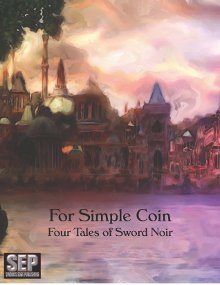
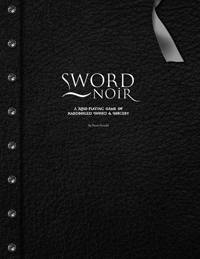
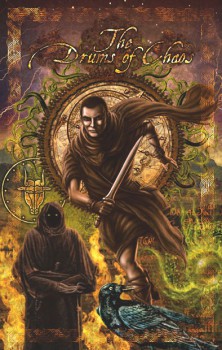 The Drums Of Chaos
The Drums Of Chaos Congratulations to Realms of Fantasy on its 100th issue (which actually has 101 pages, but I guess the extra page is for good luck, and doesn’t make for quite the same alliterative headline), a notable accomplishment for a publication that has been brought back from the dead on several occasions. In fact, the magazine has had five publishers, with founding editor Shawna McCarthy the only person who has been there for the duration, according to the issue’s “Little Known Facts.” Fiction contributors include Leah Bobet, Josh Rountree and Samantha Henderson, Sharon Mock, Thea Hutchinson, Patrick Samphire, Euan Harvey and David D. Levine, as well as poetry by Ursula Le Guin and various art, book, gaming and movie reviews along with the regular Folkroots column by Theodora Gass. Here’s the complete
Congratulations to Realms of Fantasy on its 100th issue (which actually has 101 pages, but I guess the extra page is for good luck, and doesn’t make for quite the same alliterative headline), a notable accomplishment for a publication that has been brought back from the dead on several occasions. In fact, the magazine has had five publishers, with founding editor Shawna McCarthy the only person who has been there for the duration, according to the issue’s “Little Known Facts.” Fiction contributors include Leah Bobet, Josh Rountree and Samantha Henderson, Sharon Mock, Thea Hutchinson, Patrick Samphire, Euan Harvey and David D. Levine, as well as poetry by Ursula Le Guin and various art, book, gaming and movie reviews along with the regular Folkroots column by Theodora Gass. Here’s the complete 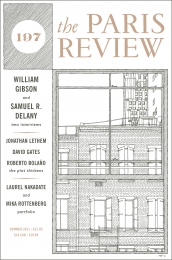 Tastemaker Central take particular pleasure in noting that the latter literary bastion has much of interest to the same people who read the bastion of fantasy genre tales (and perhaps vice versa?). The Summer 2011 features “Art of Fiction” interviews with Samuel R. Delany and William Gibson, as well as a story by Jonathan Lethem, “The Empty Room,” that’s available
Tastemaker Central take particular pleasure in noting that the latter literary bastion has much of interest to the same people who read the bastion of fantasy genre tales (and perhaps vice versa?). The Summer 2011 features “Art of Fiction” interviews with Samuel R. Delany and William Gibson, as well as a story by Jonathan Lethem, “The Empty Room,” that’s available 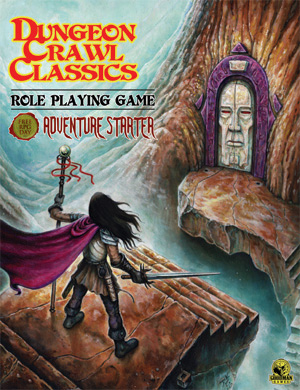 This Saturday is Free RPG Day, and as a lifelong gamer I wanted to encourage all of you current, former, and interested potential gamers to drop by your local gaming store to see what free role-playing game products are being offered for your enjoyment.
This Saturday is Free RPG Day, and as a lifelong gamer I wanted to encourage all of you current, former, and interested potential gamers to drop by your local gaming store to see what free role-playing game products are being offered for your enjoyment.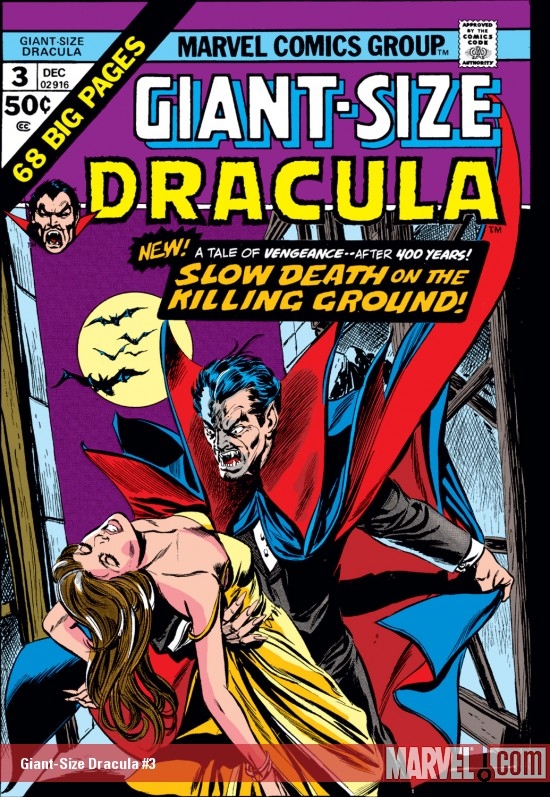
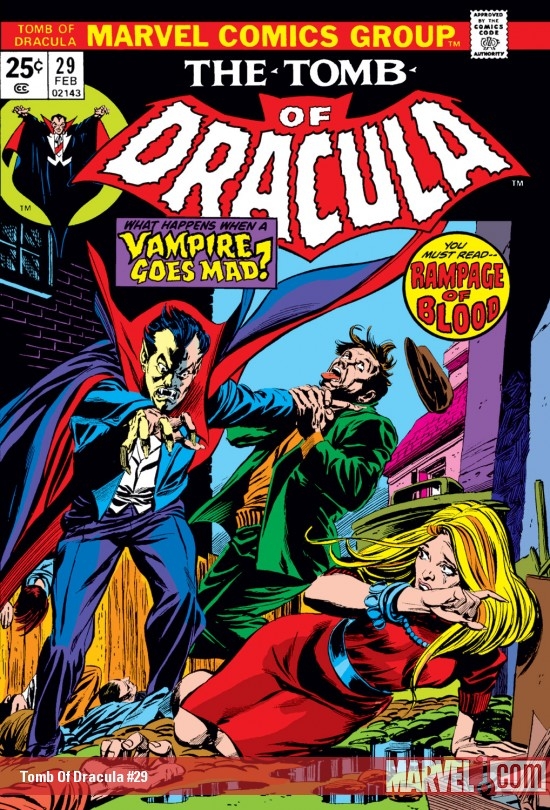



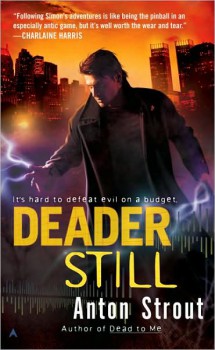 Deader Still
Deader Still